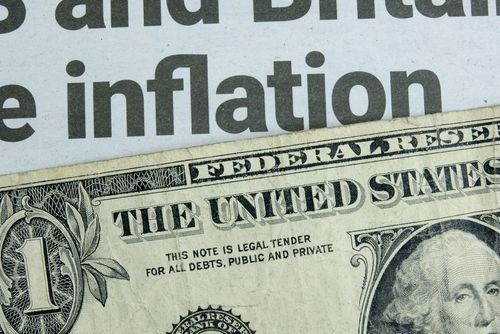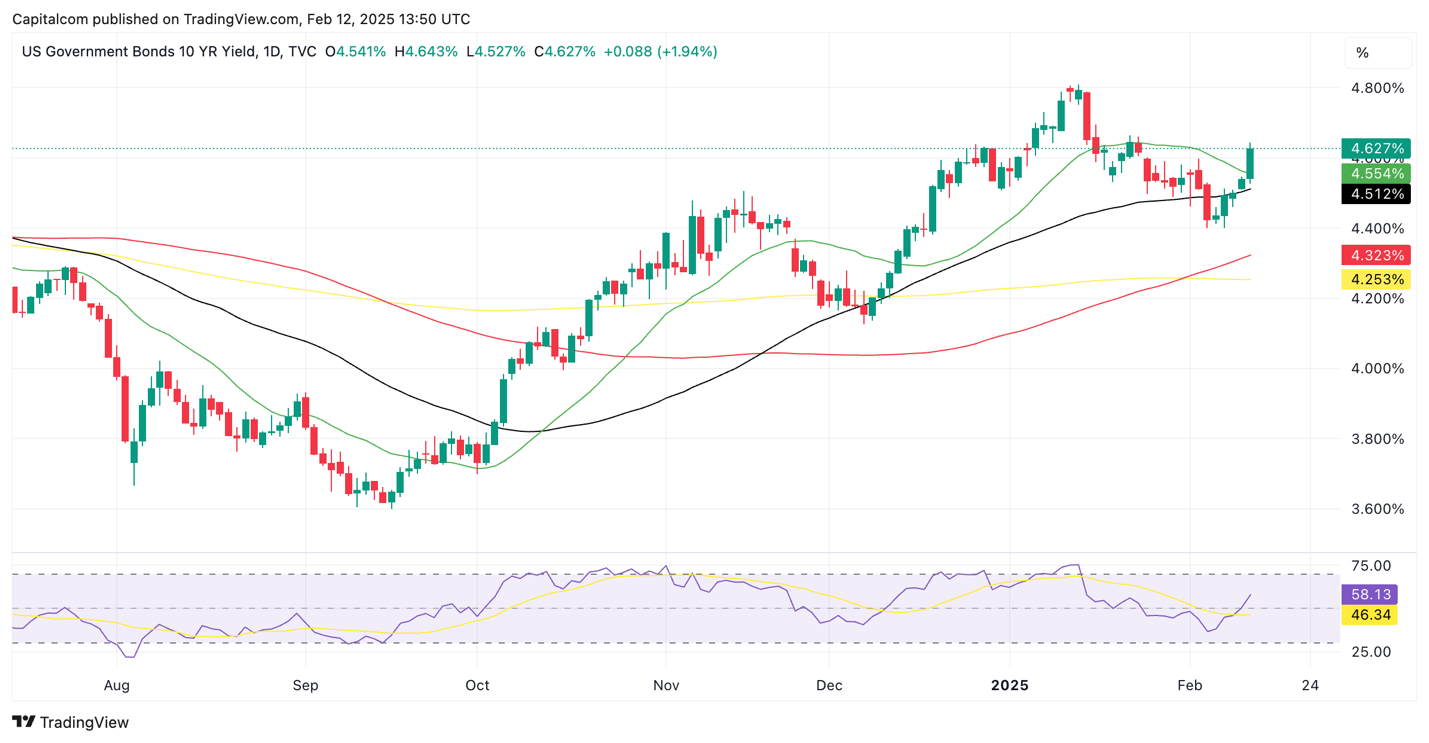US January CPI rises unexpectedly: stocks fall, dollar and yields rise
US consumer inflation surprises on the upside in January causing markets to push back on rate cut expectations
US inflation data for January came in higher than expected across all key metrics, reinforcing expectations that the Federal Reserve will maintain elevated interest rates for an extended period. Headline CPI rose 3% year-over-year (vs. 2.9% expected), with a monthly increase of 0.4% (vs. 0.3% expected). Core CPI, which excludes volatile food and energy prices, increased to 3.3% from 3.2% in December, defying expectations of a decline to 3.1%. The monthly core reading also came in at 0.4%, up from 0.2% in the prior month.
This resilient inflation data comes just a day after Fed Chairman Jerome Powell testified before the US Congress, reiterating that the central bank is in no rush to cut rates. The latest figures further strengthen the Fed’s "higher-for-longer" policy stance, highlighting the continued strength of US consumer spending. As a result, markets have pushed back expectations for the first 25bps rate cut, now pricing it in for December instead of September.
Market Reaction: Equities Retreat, Yields Rise
The market response was in line with expectations following another strong inflation print. US equities extended their intraday pullback as investors digested the data, while bond yields and the US dollar moved higher. The prolonged period of elevated interest rates, coupled with uncertainty surrounding Trump’s tariff policies, has dampened risk appetite in equities. Investors are increasingly shifting toward safer assets, reducing exposure to stocks.
Gold prices also declined following the inflation data, as higher interest rates increase the opportunity cost of holding non-yielding assets. While gold's safe-haven appeal has kept prices elevated, the push toward the psychological $3,000 level may face headwinds this week amid shifting market dynamics.
Upcoming Data: US Retail Sales and PCE Inflation
Attention now turns to Friday’s US retail sales report. December’s figures came in weaker than expected, and economists are forecasting no growth for January. A soft retail sales print could alleviate some market concerns, offering equities a chance to regain momentum by tempering expectations for aggressive rate hikes. However, the impact may be short-lived, as the market’s primary focus remains on the PCE index due at the end of the month. Since PCE inflation is the Fed’s preferred measure, another strong reading would only reinforce the case for keeping rates higher for longer.
Investors will also closely watch Powell’s second day of congressional testimony, along with any further developments on trade policies from the Trump administration, both of which could further influence market sentiment.
US 10-year yield daily chart

Past performance is not a reliable indicator of future results.